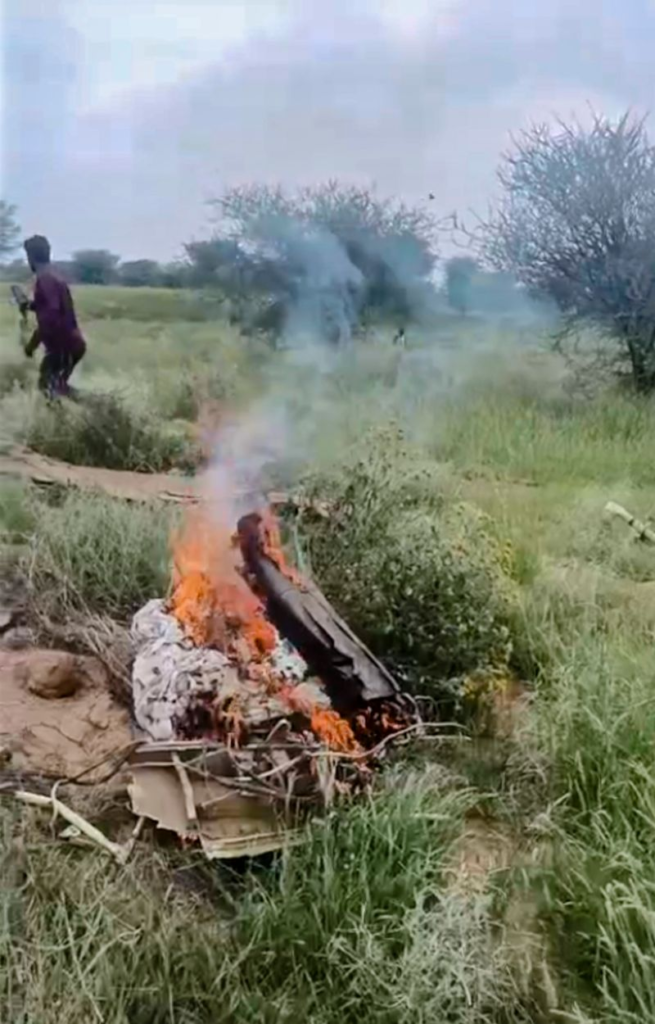
The Advanced Towed Artillery Gun System (ATAGS) project is being hailed as a landmark achievement in India’s pursuit of defence self-reliance and artillery modernisation. Developed by the DRDO’s Armament Research and Development Establishment (ARDE) in Pune, the ATAGS is a 155mm/52 calibre howitzer designed to replace older, less capable artillery guns in the Indian Army’s arsenal.
The project exemplifies a successful collaboration between the Indian Army, DRDO, and both private and public sector firms, notably Bharat Forge Limited and TATA Advanced Systems Limited, who are responsible for manufacturing and supplying 307 ATAGS units and 327 high-mobility 6×6 gun towing vehicles under contracts valued at approximately ₹6,900 crore.
Initiated in 2012, the ATAGS project moved from design to induction in just 12 years, a rapid timeline for such a complex system. The system boasts a maximum firing range of 48 km and can be deployed in under 90 seconds, offering a significant leap in battlefield firepower, precision, and flexibility.
Key Features And Capabilities:
Exceptional Range And Firepower: ATAGS boasts a maximum firing range of up to 48 km, placing it among the longest-range towed artillery systems globally. It can deliver precise, long-range strikes, enhancing India’s tactical depth and ability to hit targets deep inside enemy territory.
Rapid Deployment: The system can be deployed in just 85–90 seconds, allowing for quick response and repositioning on the battlefield, a crucial advantage in modern, fast-moving combat scenarios.
Rapid Rate of Fire: ATAGS can sustain a firing rate of 6–8 rounds per minute and supports advanced firing modes such as Multiple Rounds Simultaneous Impact (MRSI). In burst mode, it can fire five rounds in 60 seconds or 10 rounds in 2.5 minutes.
All-Terrain, All-Weather Capability: Designed for deployment across all terrains—from the deserts of Rajasthan to the icy heights of Siachen—the gun is engineered to operate in extreme temperatures and challenging environments.
Automation And Modern Electronics: The gun features an all-electric drive for maintenance-free operation, automated loading, and advanced fire control systems. Its sophisticated electronics enable precision targeting and seamless integration with the Indian Army’s Artillery Combat Command and Control System (ACCCS).
Shoot-And-Scoot Mobility: The system’s mobility, including a self-propulsion capability via an auxiliary power unit (APU), allows it to quickly fire and relocate, reducing vulnerability to enemy counter-battery fire.
Strategic And Operational Impact:
Indigenous Manufacturing: With over 70% indigenous content, ATAGS marks a significant step in India’s self-reliance in defence manufacturing, reducing dependency on foreign suppliers and supporting the ‘Make in India’ initiative.
Artillery Modernisation: The induction of ATAGS will replace vintage artillery pieces, modernising the Army’s firepower and operational readiness. The first regiment of 18 guns is expected to be inducted within a year of the first product model test, with a total order of 307 guns and 327 towing vehicles signed for ₹6,900 crore.
Export Potential: India has already secured export orders for ATAGS, underlining its growing reputation as a global defence supplier.
Its advanced features include an all-electric drive for gun laying and ammunition handling, making it low-maintenance and highly reliable across diverse terrains, from mountainous regions to deserts. The gun’s indigenous content exceeds 80%, underscoring India’s growing capability to design, develop, and produce sophisticated defence technology domestically.
The ATAGS project is a flagship of the Atmanirbhar Bharat (Self-Reliant India) initiative, reducing dependency on foreign suppliers and fostering strategic independence. Its successful development and upcoming induction not only enhance the Indian Army’s operational readiness and deterrence capabilities but also position India as a potential exporter of advanced artillery systems.
The Defence Ministry has described ATAGS as an “exemplary Mission Mode success,” highlighting its role in spearheading the modernisation of India’s artillery regiments and strengthening the country’s defence industrial base through public-private partnership.
ATAGS is set to be a game-changer for India’s defence, offering unmatched range, firepower, and flexibility. Its ability to operate in all terrains and weather conditions, combined with advanced automation and rapid deployment, will substantially bolster the Indian Army’s artillery capabilities and operational effectiveness.
Agencies























































































































